Nesting Season Pruning Guide: Helping Birds Thrive In The Garden
 Lee Burkhill: Award Winning Designer & BBC 1's Garden Rescue Presenters Official Blog
Lee Burkhill: Award Winning Designer & BBC 1's Garden Rescue Presenters Official Blog

This guide from guest writer and gardening enthusiast Rosie Buckley gives the Garden Ninja community some top tips when planning any hedge cutting. As birds are a vital part of our garden's ecosystem ensuring we don't disturb them is key to clean hedge cutting.
This page contains affiliate links for products I use and love. If you take action (i.e. subscribe, make a purchase) after clicking a link, I may earn some gardening commission which helps me keep the Garden Ninja Blog free for all.
The nesting season in the UK is an exciting time for nature lovers, as it means that a range of birds and other animals are coming together to raise their young. As with any period of life, however, it's important that we respect and protect these creatures, especially when they're building their nests in trees.
In the UK, it's illegal to cut down or otherwise disturb trees if there is a nest inside them - so make sure you check before doing any tree work! Not only will you avoid breaching wildlife laws, but you'll also be taking steps to ensure that future generations can enjoy the beauty of the nesting season.
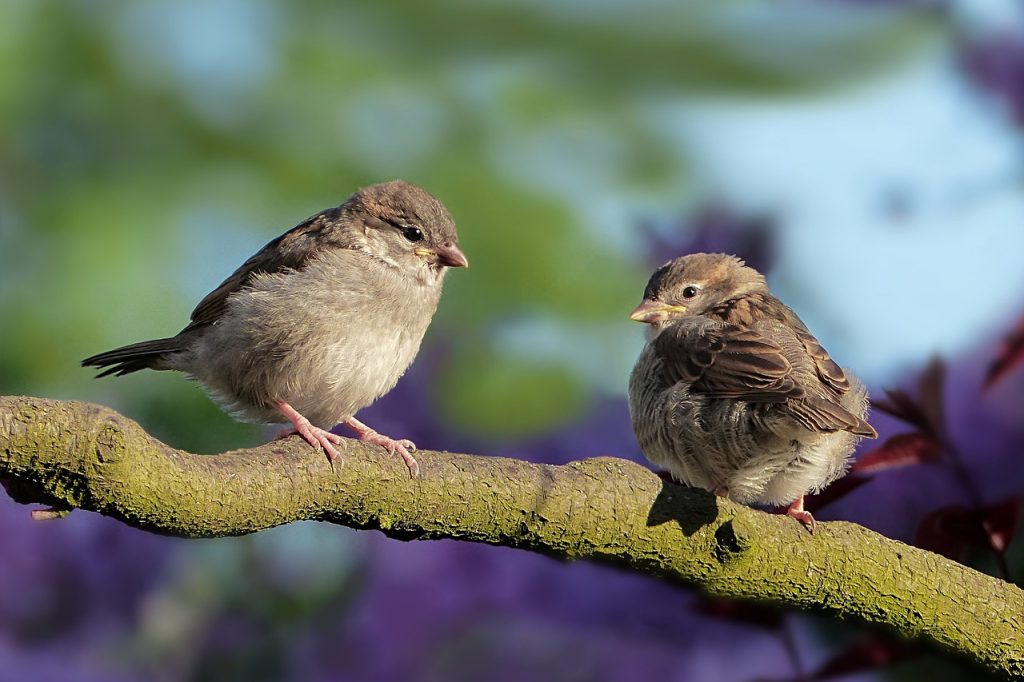
There is not an official ‘nesting season’, but it usually runs from March to August, which gives plenty of time for birds to find the perfect place to build their nests and lay their eggs. This can be anything from hollow trees, old buildings, or even gardens and parks!
When it comes to pruning trees, it’s important to be aware of any signs that there may be an active bird’s nest. Not only is it against the law to disturb or remove a nesting bird without first obtaining written permission from your local authorities, but disturbing such nests also causes significant distress and harm to birds.
You can check if birds have nested in your hedges simply by observing them. Grab a brew and take 20 mins to sit and observe the hedge during the day. This can help show where birds may be nesting and will allow you to plan when to cut your hedges.
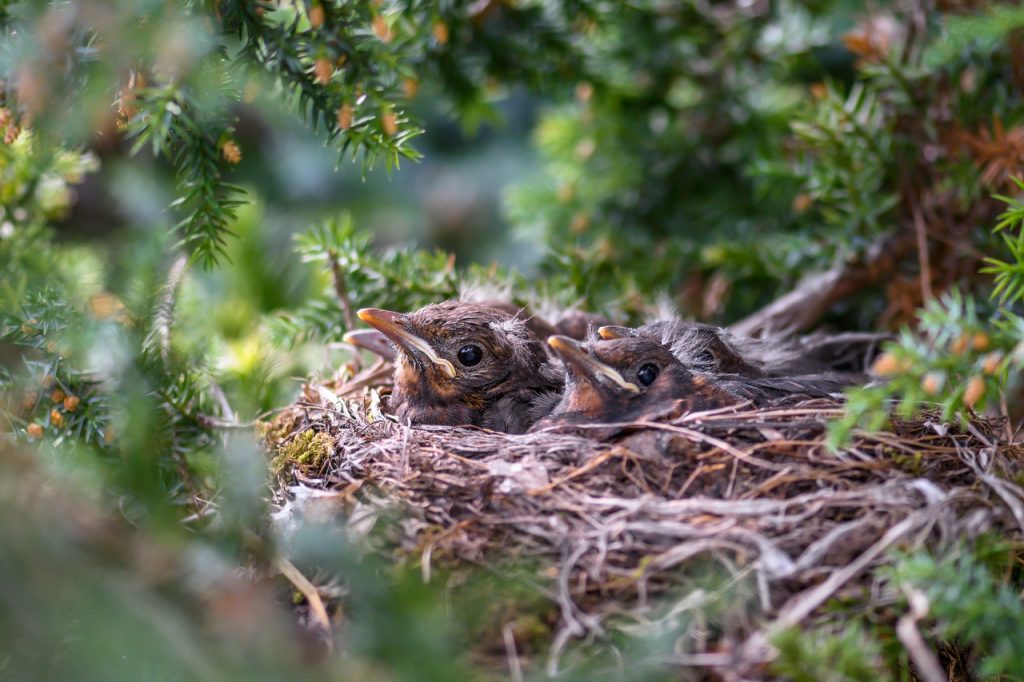
It’s always best practice to check for signs of an active bird's nest before pruning any tree. If you spot evidence of a nesting bird during the course of your project, then you must immediately stop all work
If you're observing a tree, keep an eye out for a few signs that can indicate the presence of a live nest. These include:
When examining trees for nests, it's important to be aware of your surroundings. Take care not to disturb any wildlife that may be present, as this could disrupt their natural habitat. If possible, take photos from a distance to document any potential nests instead of intruding upon them. If you do come across a live nest in a tree, remember that it's important to respect the space.
During this season, you'll see an array of different species looking for somewhere safe to rest and raise their young ones – including woodpeckers, blackbirds, robins, and pigeons. And if you're lucky enough you might even catch glimpses of rarer birds such as hawks or kestrels!
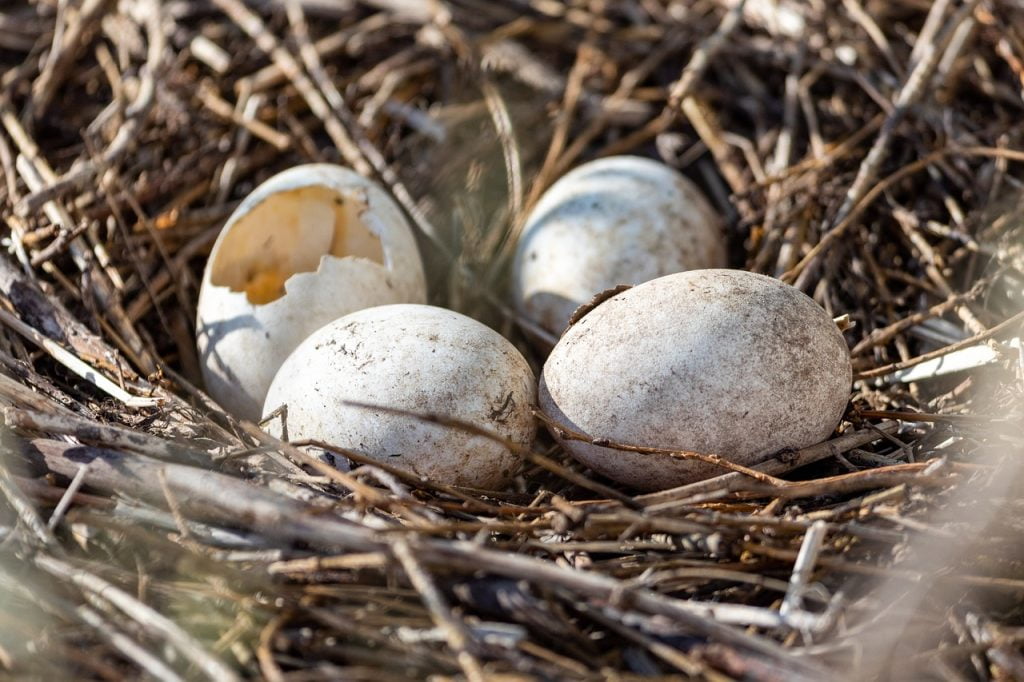
1. Start with a plan – take a few minutes to assess the desired shape of your plant before you begin cutting. This will help ensure you don't accidentally remove too much foliage or cause damage during pruning.
2. Make sure you have the right tools on hand – use sharp shears, pruners and loppers to get the job done efficiently while also avoiding any accidental injuries that could occur when using dull tools.
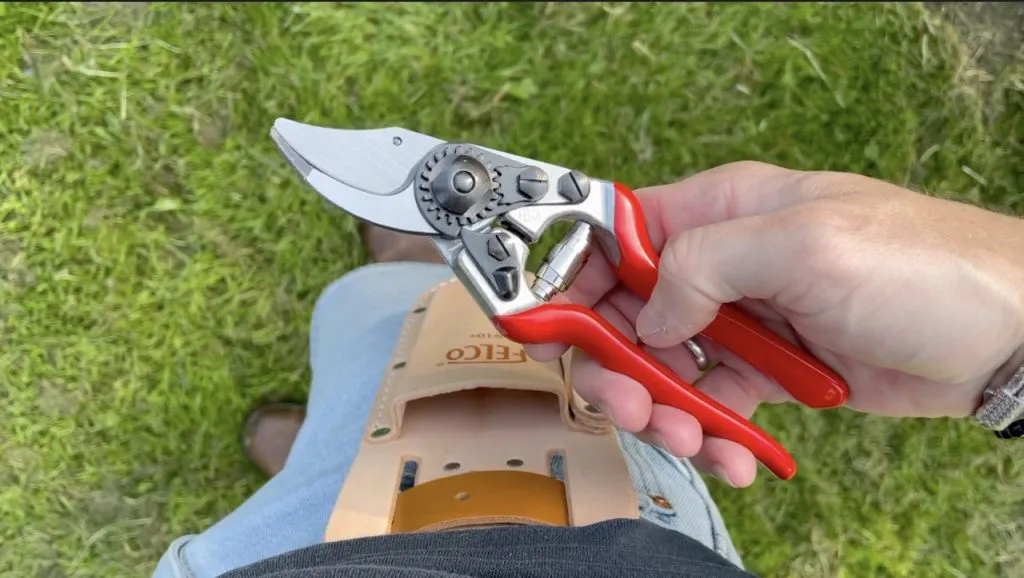
3. Cut foliage at a 45-degree angle – this helps promote healthy new growth by allowing more sunlight to reach the interior branches and leaves of your tree or bush.
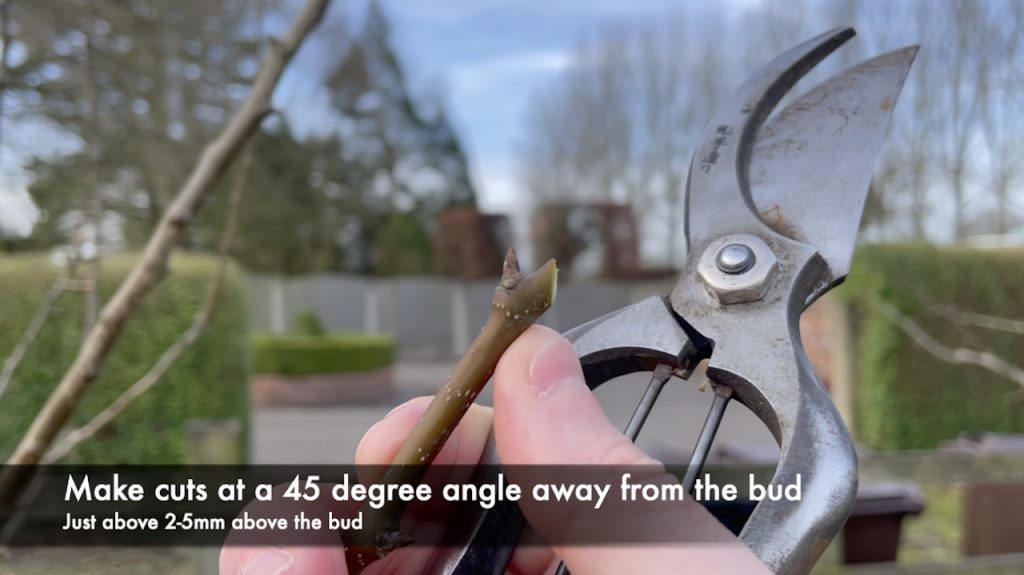
4. Get rid of dead, diseased and damaged branches – removing these can help keep your plant healthy and prevent the spread of any possible diseases.
5. Don’t rush it – take your time and make sure you are aware of where each cut is being made to ensure accuracy in the trimming job.
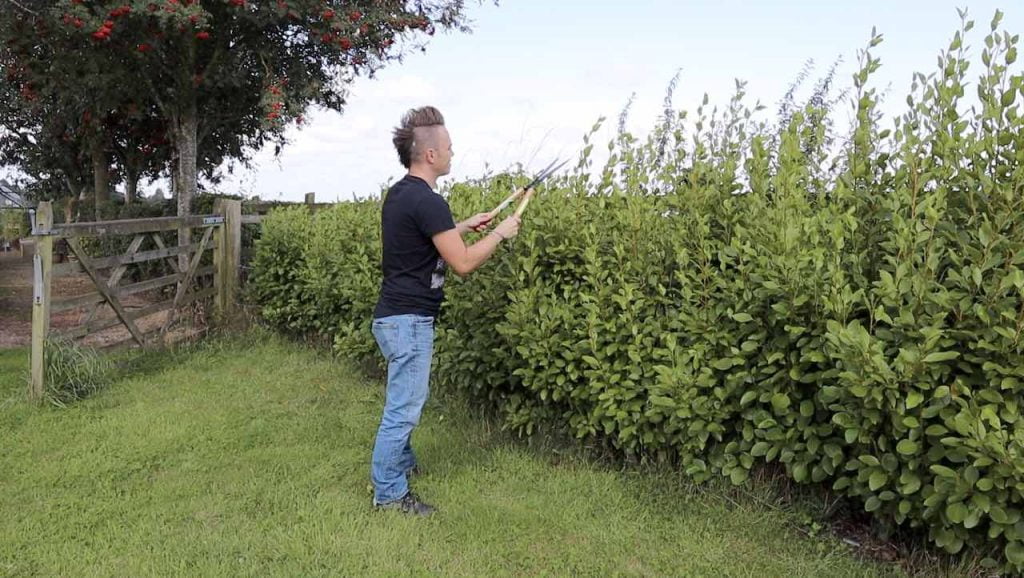
With these tips, you should be able to quickly and efficiently trim back your trees or bushes after the inactive bird's nest has been removed! Just remember to stay safe while doing so, wear protective clothing.
Watch my full hedge clipping guide below for a walk-through of how to easily cut hedges once you've established there are no birds present.
In conclusion, pruning trees during the UK nesting season can be a tricky task. With the right knowledge and caution, it is possible to safely prune your trees without causing any harm to the birds that may be using them as nesting sites. It is important to be aware of bird protection laws before you start pruning and take steps to protect their nests if present.
By making sure you carry out this task in a responsible manner, you can enjoy your garden all year round without breaking any rules or damaging wildlife habitats.



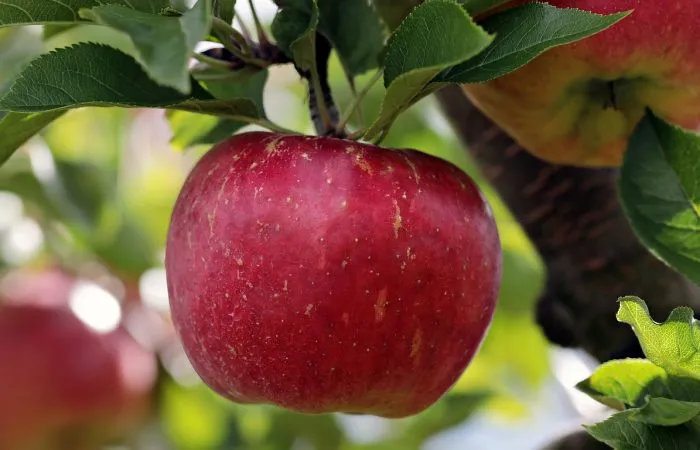
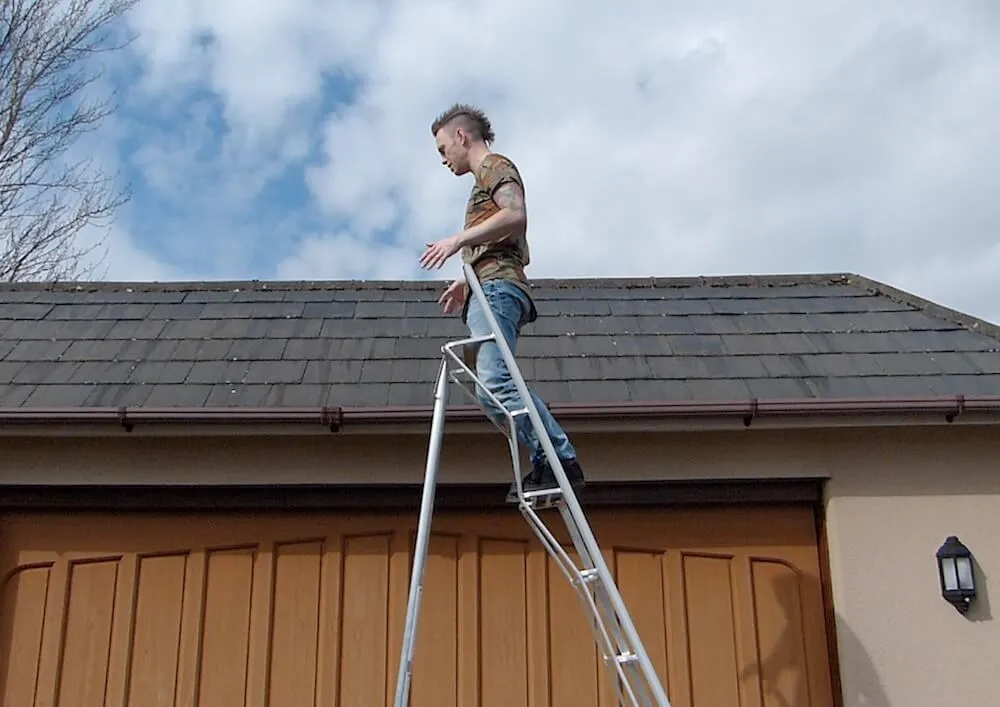


JOIN THE NINJAS

Be the first in line for new Guides, Discount codes and Offers